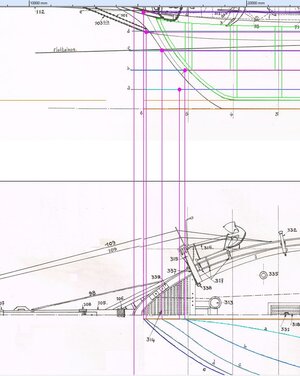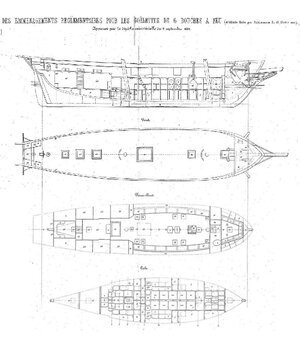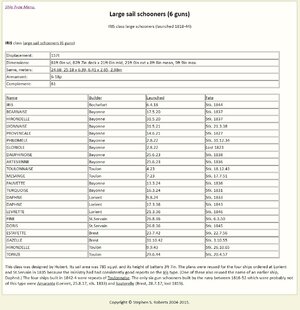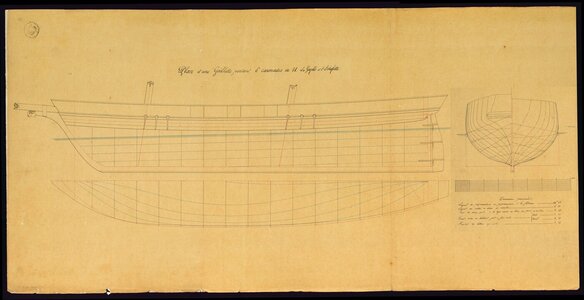Well for those that may find the following information potentially useful, I’ve decided to reconstruct the various plan profiles from the set of A4 scans I made of the French Museum plans.
I first created a blank file using a graphic editing program called Xnview (of which I highly recommend) and enlarged its background canvas to receive “cut and pastes” of each A4 scan in order create an entire profile, cross-section and half-breadth plan, etc, each in its own file. By doing this I manually aligned and matched each A4 scan. I found this to be more accurate a result rather than the “stretch pull” method of compilation employed by the Microsoft
Image Composite Editor 2.0.
These separate files I imported into TurbCAD and aligned them as best I could by using projection lines.
I discovered when using the CAD (Computer Aided Drafting) program to loft the plan projections, that the plans for the French Museum model from France are quite inaccurate in many ways that are not obvious by casual cursory observation, so much so, that if one followed the plans directly as presented a whole range of fundamental problems would present themselves during construction.
Consequently, the CAD based lofting process has become quite convoluted, complex and time consuming. A lot of choices have to be made in choosing the ideal “lines” or shapes of the ship and adapting other plan projections to suit, not only to fix errors but to create an accurate depiction of the ship, and that so for construction.
To give an example of what I am talking about here, at the intersections produced by projections from the Section Lines of the Half-breadth plan up to the Shear Line of the Profile Plan, when a line is projected from those intersections across to the Section Plan, they do not intersect to what should be the corresponding intersection of the Sections with the Sheer Line of the Section Plan.
Another example is the Deck Plan half of the Half-breadth Plan is much narrower that the uppermost waterline on the waterline half of the Half-breadth Plan, i.e., the outer extremities of the gunwales are supposed to extend beyond the upper outside edge of the hull. This error was quite unacceptable.
And, although typical of lofting in usually minor ways, but most severely obvious upon measurement with these plans is the difference of measure between waterlines along cross-sections of the Half-breadth Plan compared to that of the Section Plan. Terribly disappointing.
Well amendments are ongoing well beyond that normally expected for lofting, but beyond the intermittent frustration a sense of satisfaction nonetheless.
Happy ship building to one and all.
“I don't know half of you as well as I should like, and I like less than half of you half as well as you deserve.”
Cheers!










